What Are Sepia Ragdoll Cats?
Before we dive into everything you need to know about sepia ragdoll cats, here’s a quick definition of sepia ragdolls.
Sepia ragdoll cats are defined by their darker fur color and their thicker, fuller coats. They get their thicker coat from the mink genes they carry. With sepia ragdolls, the sepia gene they carry can be traced right back to Ann Baker’s original Ragdoll line in 1966. Ann Baker’s mink ragdoll cat, Buckwheat, carried the sepia gene.
Sepia ragdoll kittens are born much darker and richer in color than their siblings. However as they grow up, their fur will likely change color, much like other types of ragdoll cat, but a key difference is that a sepia ragdoll cat’s fur tends to remain thicker and fuller.
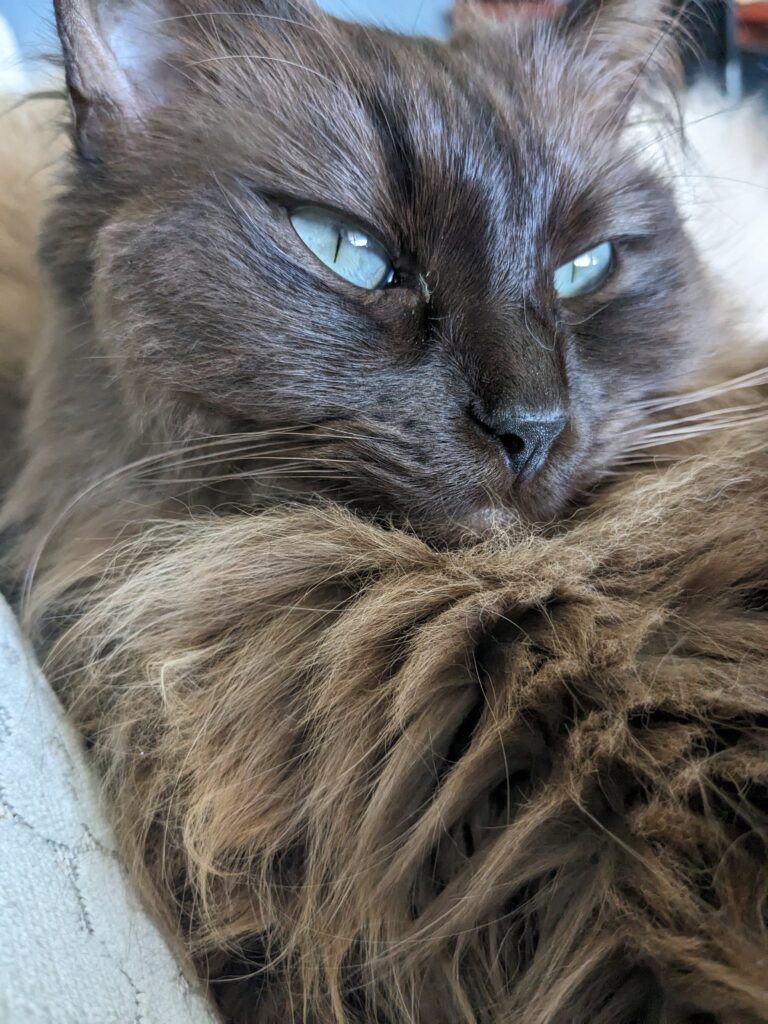
We’re lucky enough to own a sepia ragdoll cat, called Teddy. Our breeder referred to Teddy as seal sepia mink ragdoll but I’ve also seen other people call this type of ragdoll a chocolate mink ragdoll or a sepia colorpoint ragdoll. Which can make it pretty confusing!
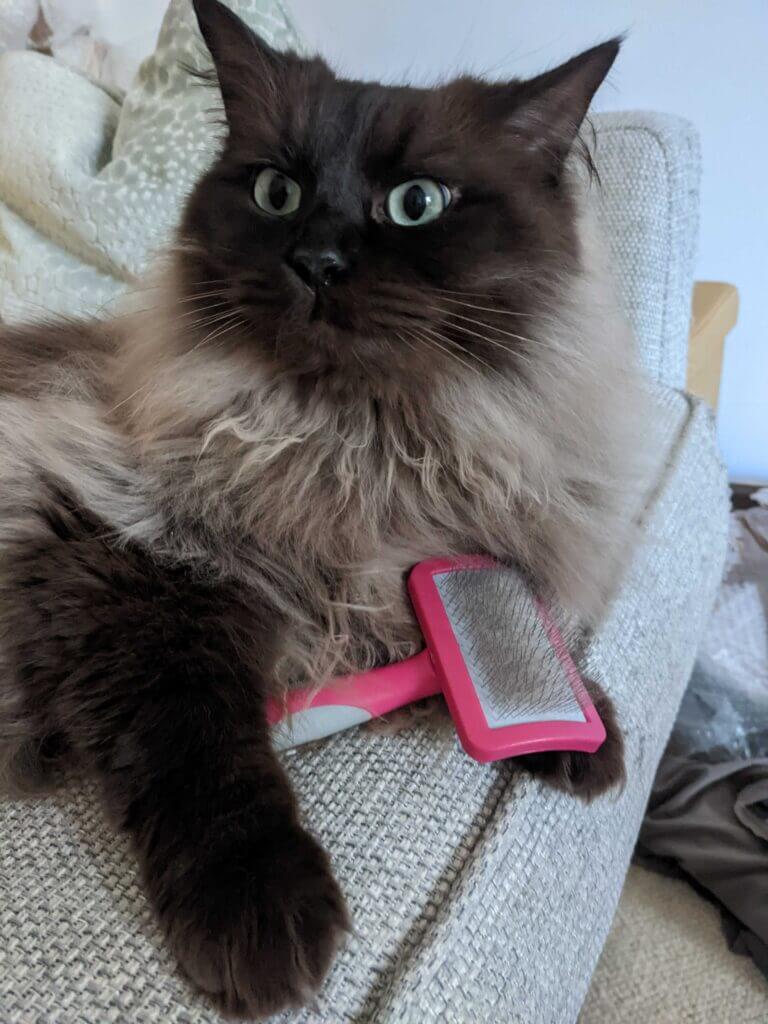
Teddy’s fur was definitely a lot darker as a kitten and now as a young adult he has darker points on his face, ears, feet and tail, much like other chocolate ragdoll cats. Teddy’s fur is also thicker and fuller than our chocolate seal point ragdoll, Mr. Fudge, but it’s also very fine in comparison, making it more prone to getting tangled.
How Rare Are Sepia Ragdolls?
Compared to other types of ragdoll, such as chocolate ragdoll cats, sepia ragdolls are “very rare”.
Sepia ragdolls can only be bred by two mink ragdolls, with 25% of a typical litter being sepia kittens (Rockstar Ragdolls), showing just how rare a sepia ragdoll cat is.
Ragdoll Blues have a great guide on sepias, explaining that sepia ragdoll cats are very rare in the ragdoll cat world, inheriting 1 Burmese gene from each of their parents which creates the sepia coloring.
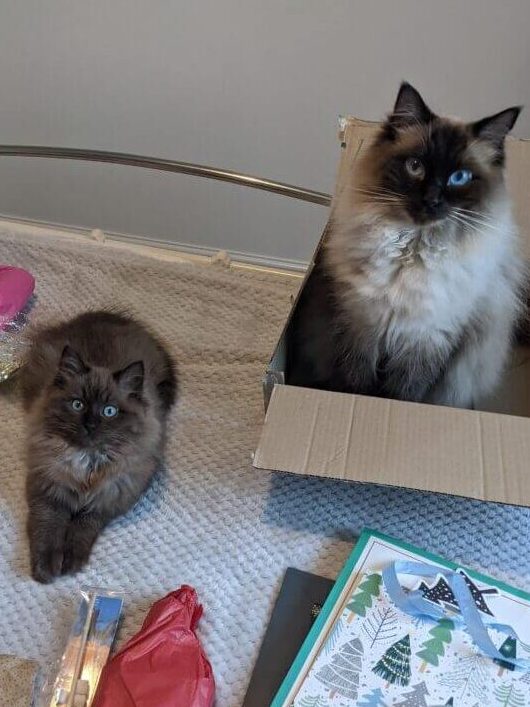
Sepia Ragdoll Facts & Features
Deeply colored, thicker coats: a sepia ragdoll’s fur is typically thicker and fuller than other ragdoll cats, making their coats gorgeous to stroke! But with a thicker coat comes more grooming. We brush Teddy at least twice a week, and we’ve gotten through a lot of different combs for ragdoll cats until we found the best one for his fur type!
Pronounced color points: Sepia ragdoll cats are ‘pointed’ which means their ears, face, paws, and tail, are significantly darker and more pronounced. Their color points provide a stunning contrast against their lighter body color.
Blue or green eyes: Unlike traditional Ragdoll cats, which typically have blue eyes, Sepia Ragdolls may have blue or green eyes. Our seal sepia ragdoll cat Teddy has gorgeous green eyes.
Large & muscular: Much like other types of ragdoll cat, sepia ragdolls are large, muscular cats, typically weighing between 10-20 pounds.
Affectionate & gentle: Again, just like most ragdolls, sepias are known for their gentle, affectionate nature, making them wonderful companions. Our little boy Teddy really is the sweetest little thing!
Different Types of Sepia Ragdoll Cats
Understanding the different types of sepia ragdolls can be confusing. Whilst doing research for this blog I found the information out there confusing at points, but it’s important to remember that the sepia element refers to their fur color and tone. Sepia ragdolls can only be born from two mink ragdoll parents, and the ‘mink’ refers to their fur type. Below are two of the most notable types of sepia ragdoll cat.
Sepia Colorpoint Ragdolls
Sepia colorpoint ragdolls have a single, uniform body color, while their points (ears, face, paws, and tail) are deeply colored. There is also no white in their coat, which differs to sepia mitted ragdolls (see below).
Sepia colorpoints are also known as seal sepia ragdolls and they can be a lot lighter in color than our boy Teddy (pictured below). The words ‘colorpoint’ and ‘seal’ both refer to the darker points on the ragdoll’s body, so you may hear these terms used interchangeably.
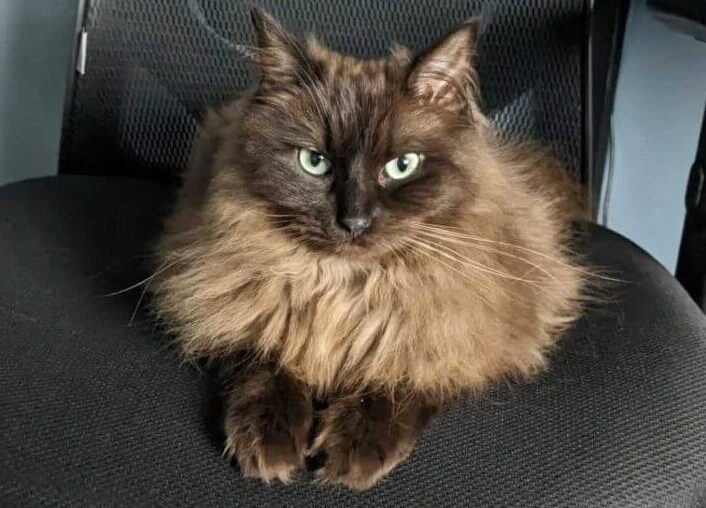
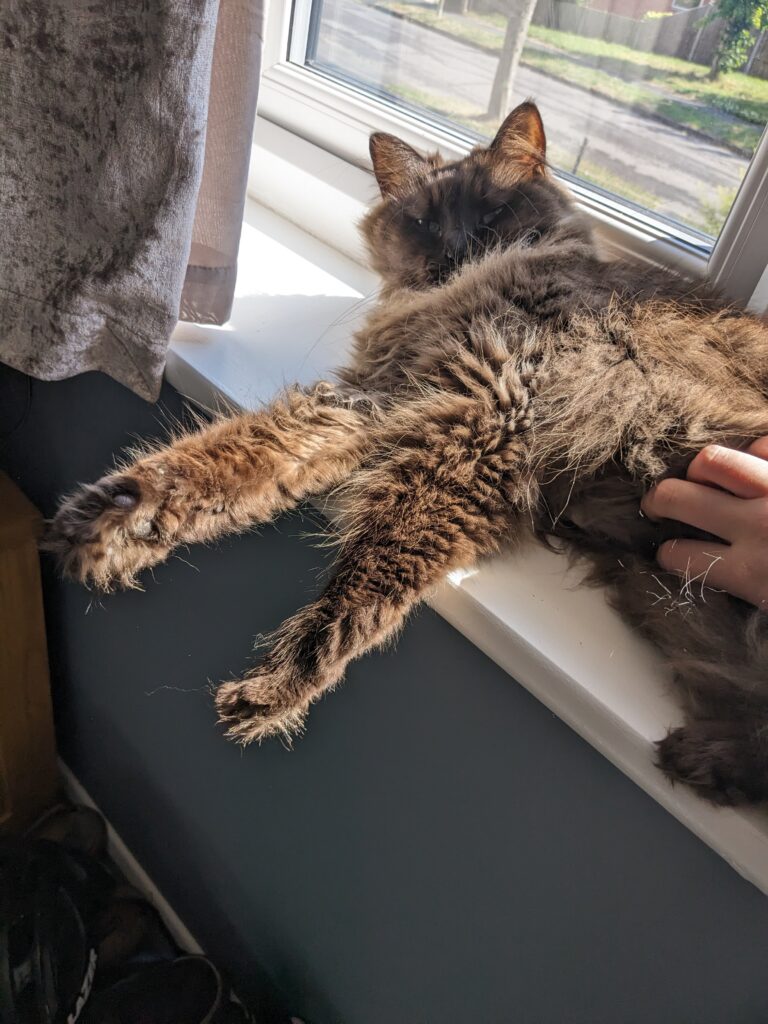
Sepia Mitted Ragdolls
This variety of sepia ragdoll have the cutest white color points on their paws, or mittens – hence the name mitted! Sepia mitted ragdolls can also have white markings under their chins, on their chests and in other places too.
The below image from AmorPurrfect Ragdolls shows two gorgeous sepia mitted ragdoll kittens. We’ll take them both, please!
Remember, the coat colors and patterns may vary from cat to cat, and the above are just a couple general descriptions. It’s also important to note that the coloration of a ragdoll kitten can change and become more pronounced as they mature.
Regular grooming is necessary to keep their coat healthy and shiny, regardless of the type, but if you own a mink ragdoll cat of any kind, be prepared to groom them more regularly (with a suitable ragdoll cat brush, of course!)
Given the right care and attention, a sepia ragdoll cat can be the perfect companion, bringing warmth, love, and a touch of magic to your life! We hope you enjoyed this guide to and if you want to explore another rare variety of ragdoll cat, why not check out our guide to flamepoint ragdoll cats next!



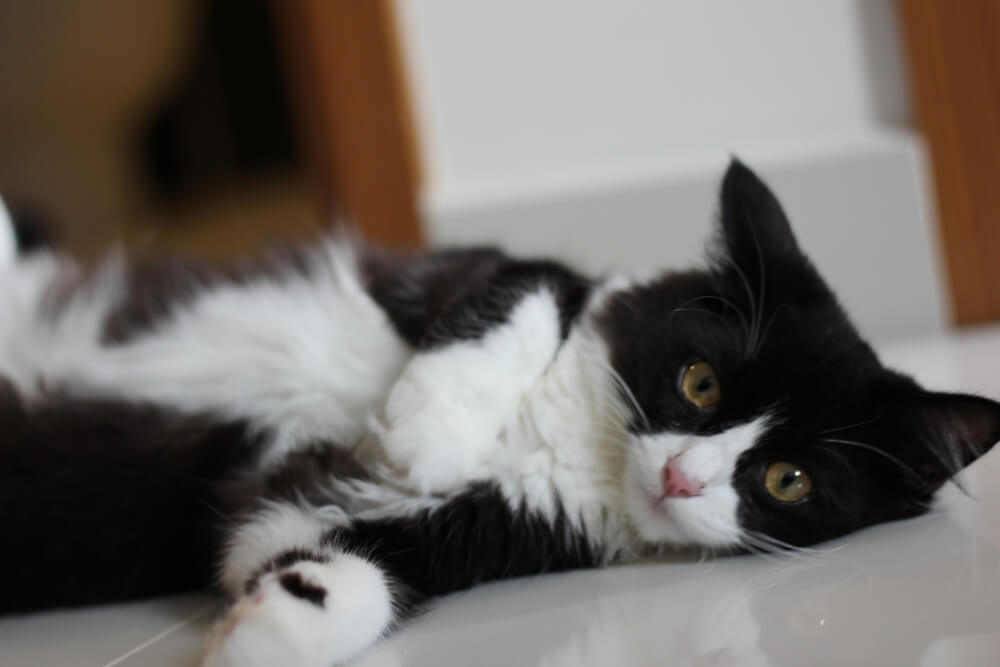
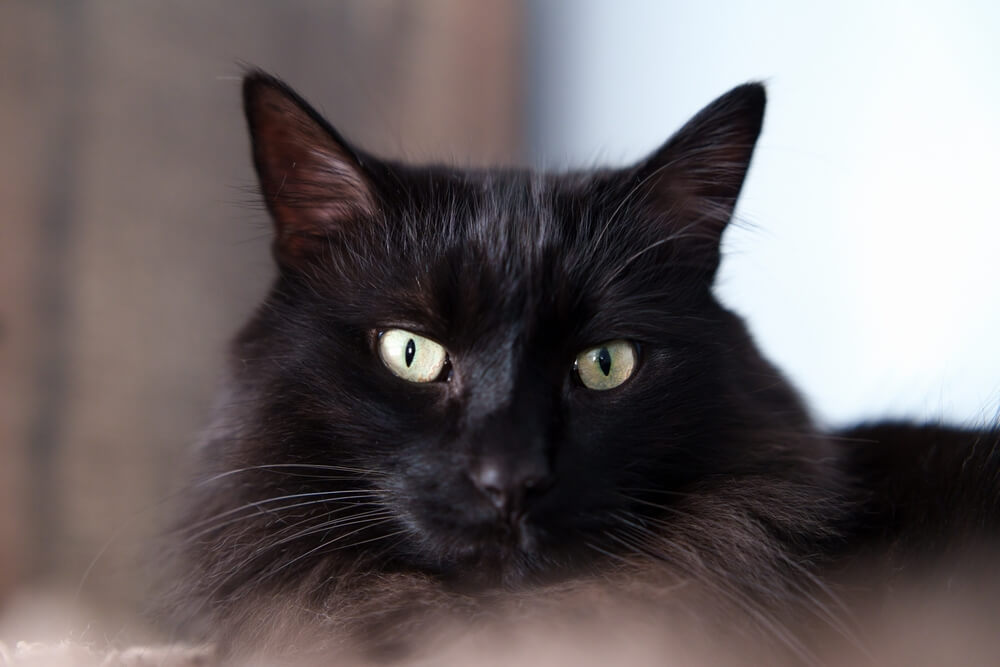
3 Comments